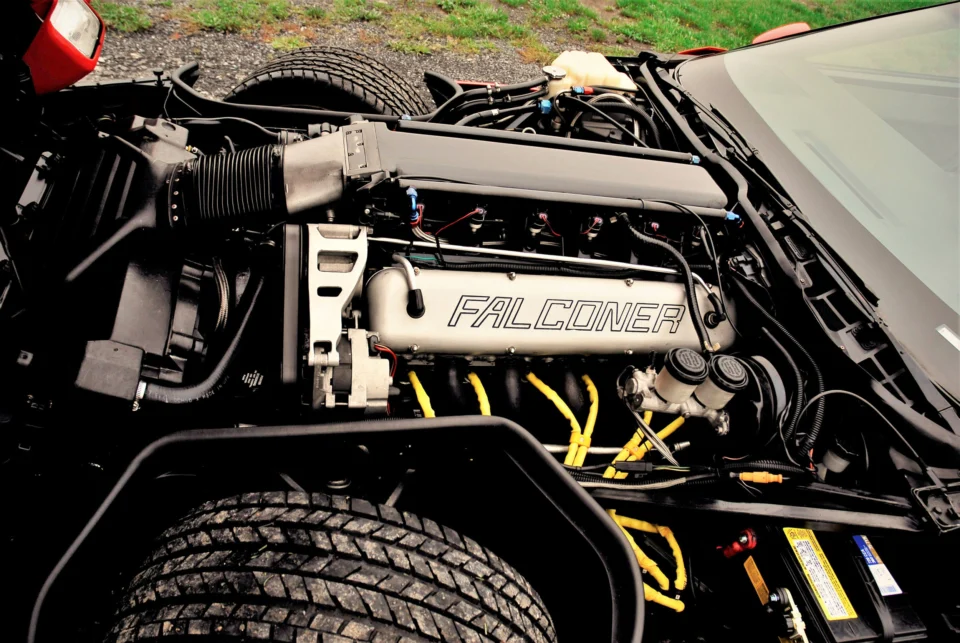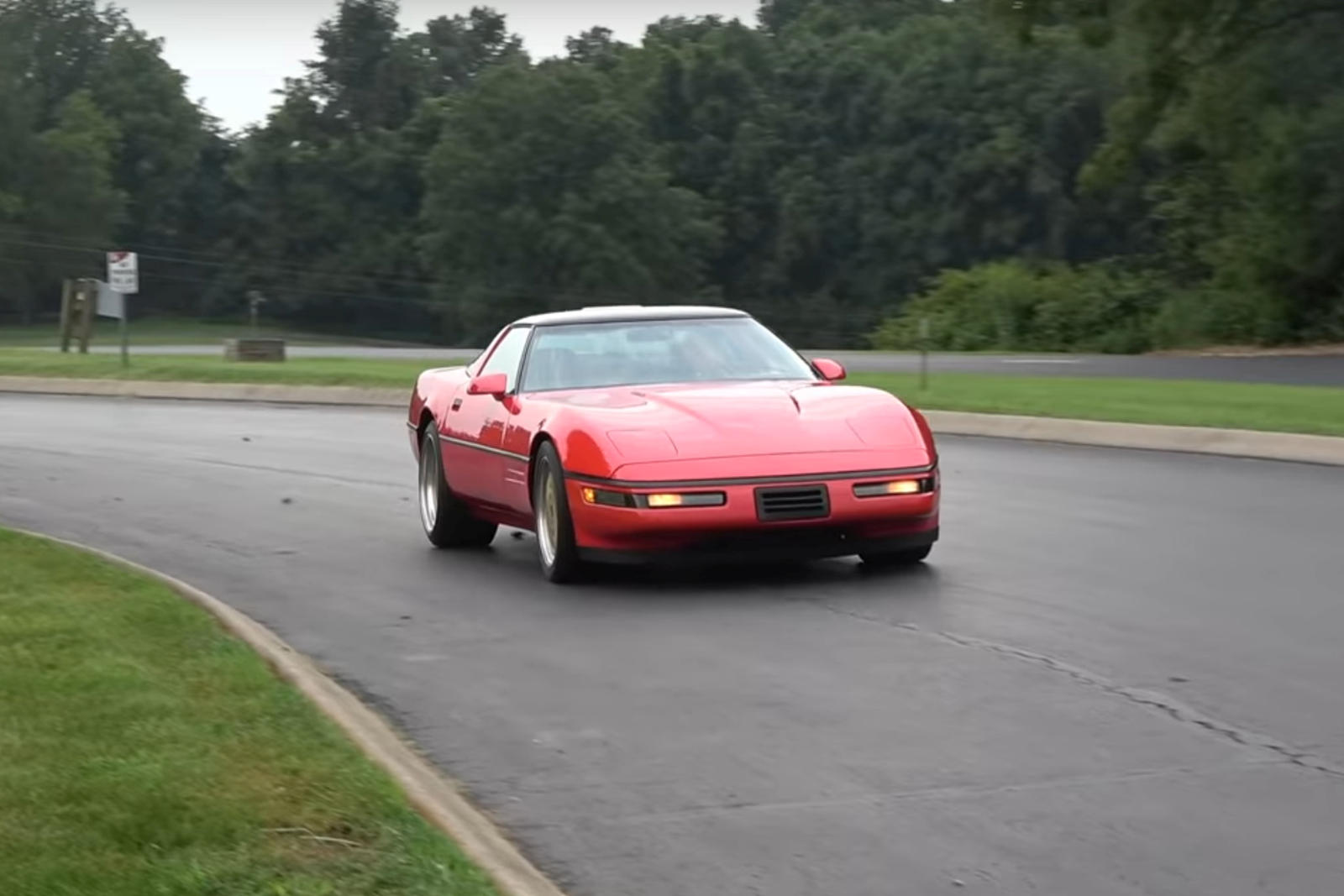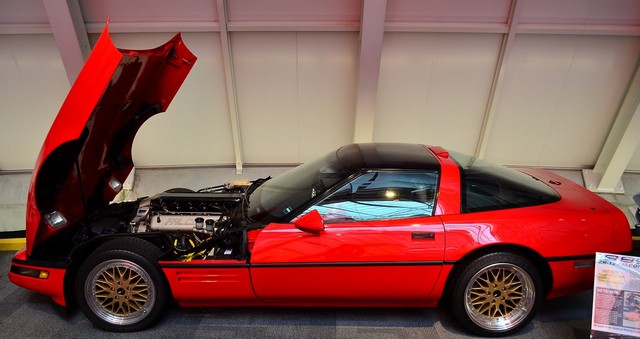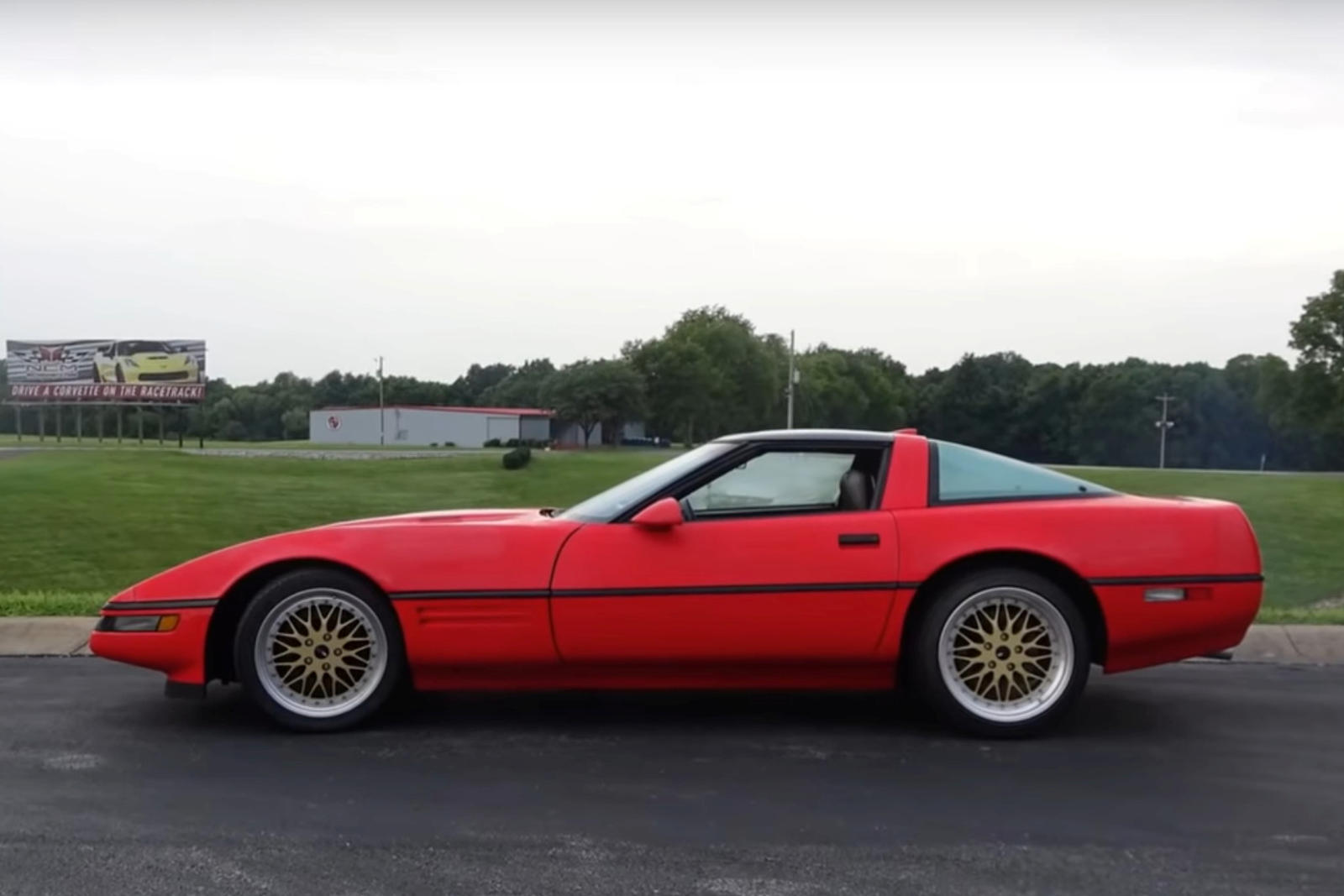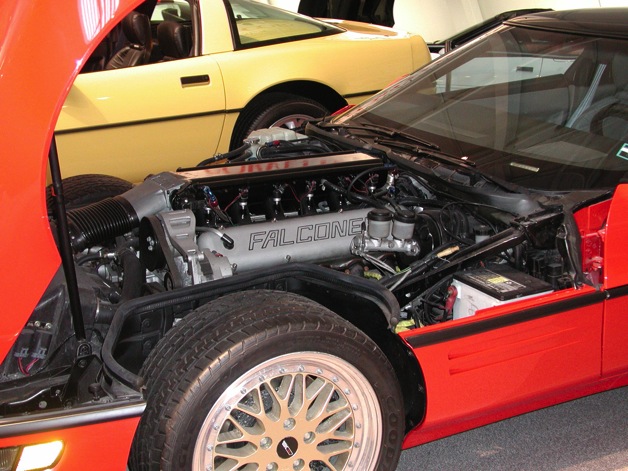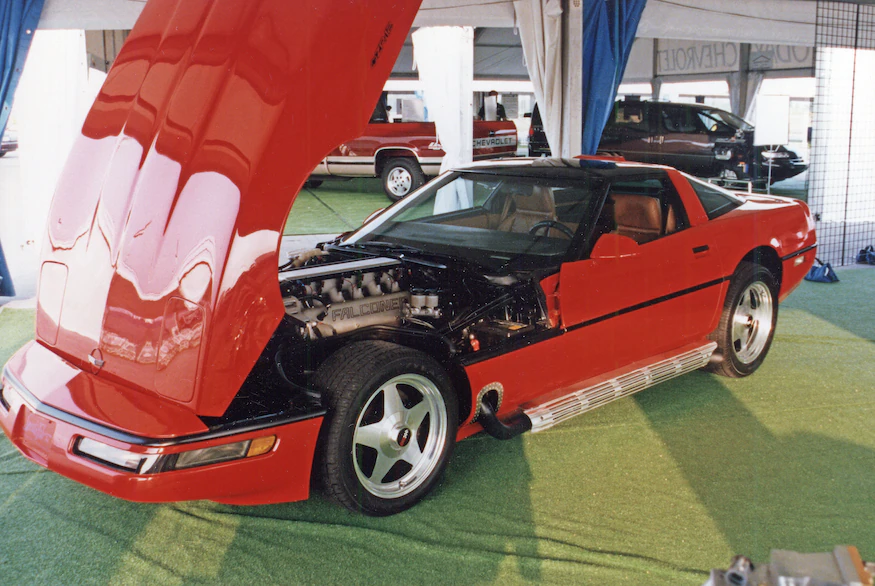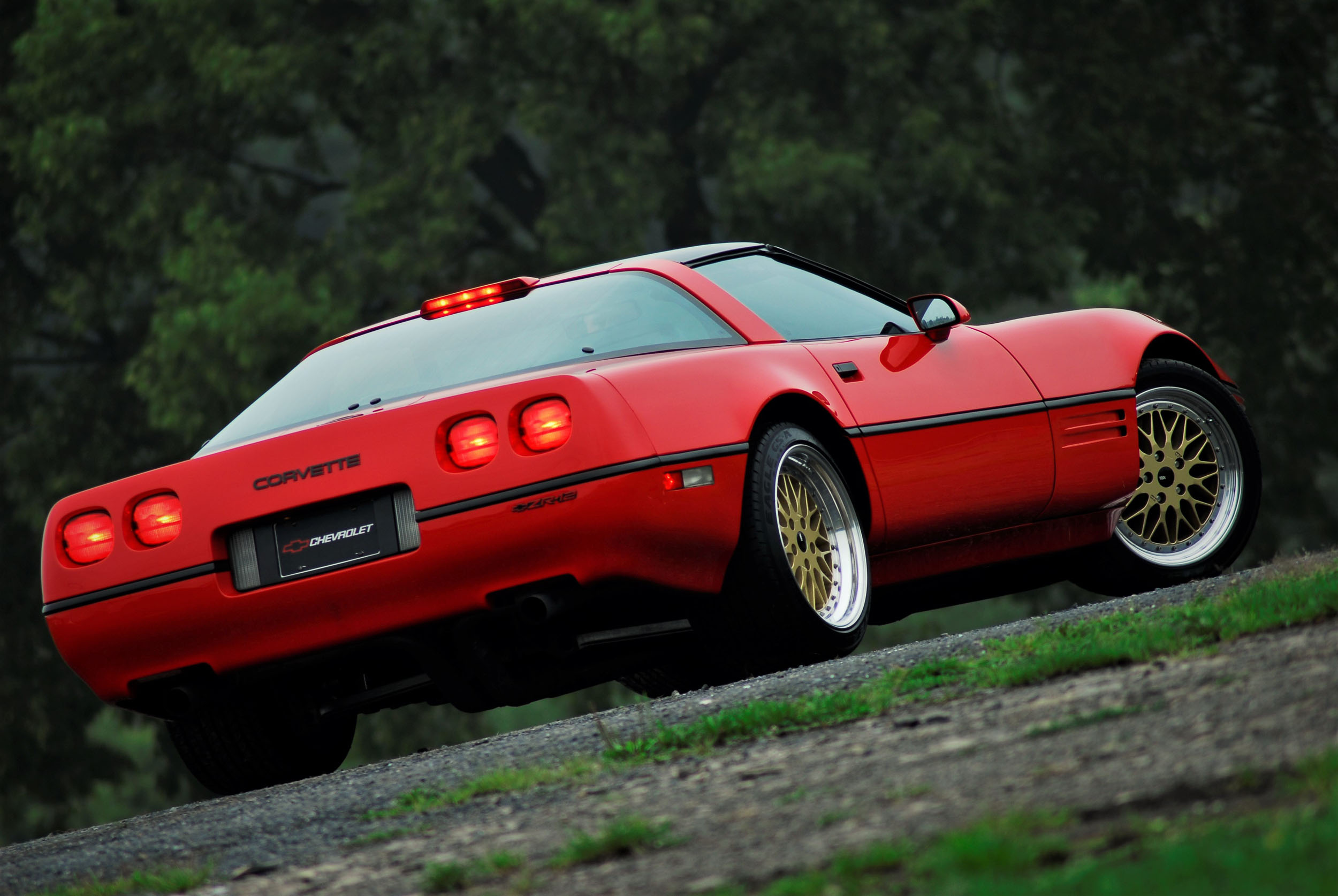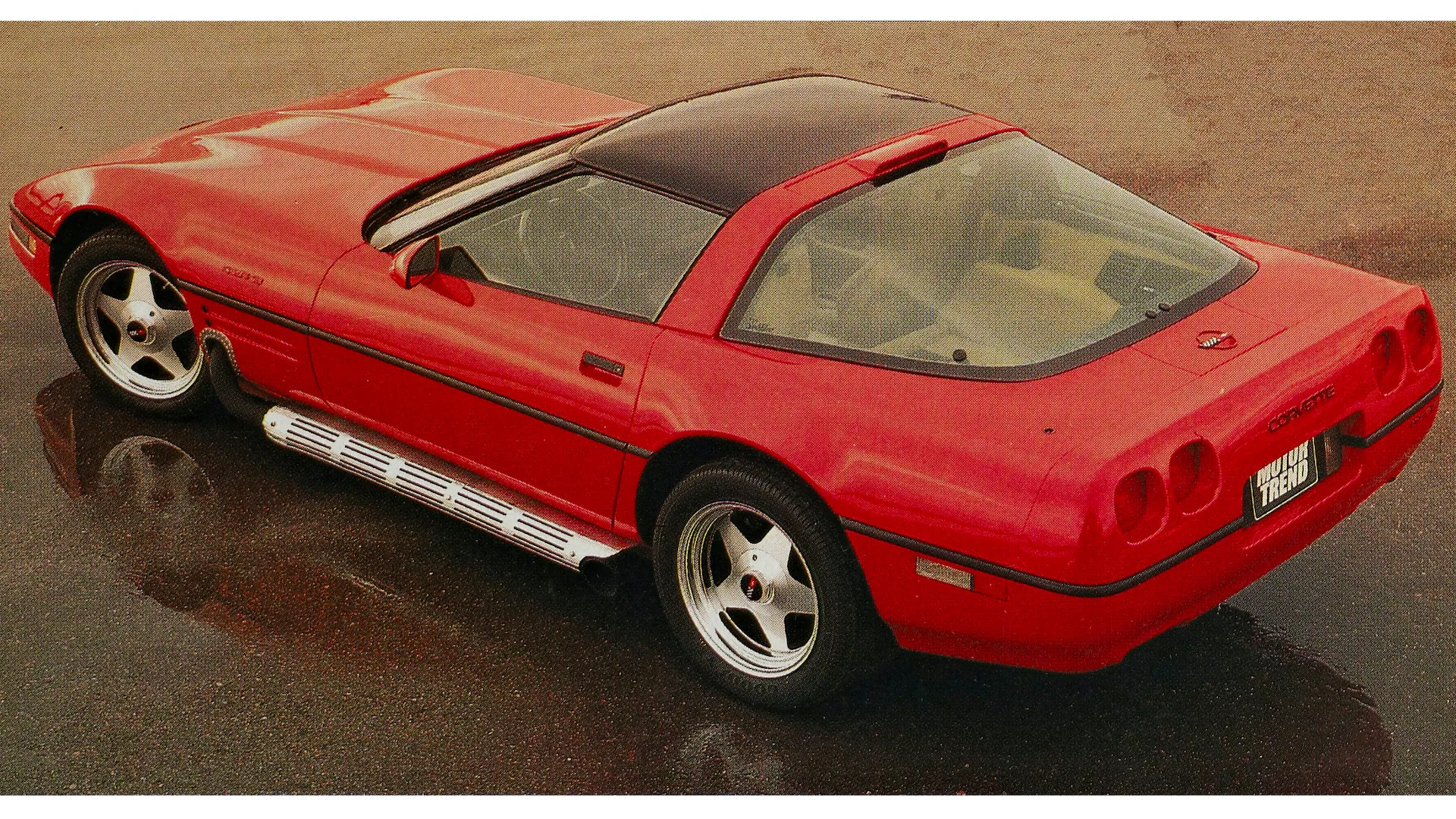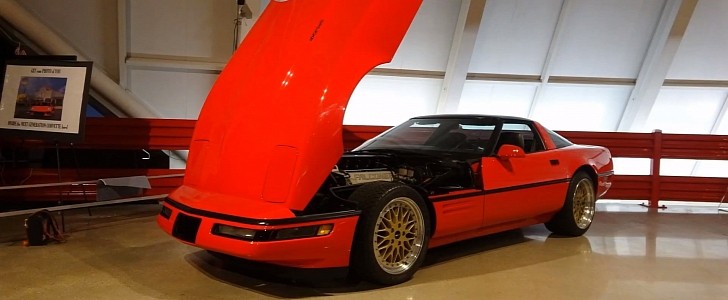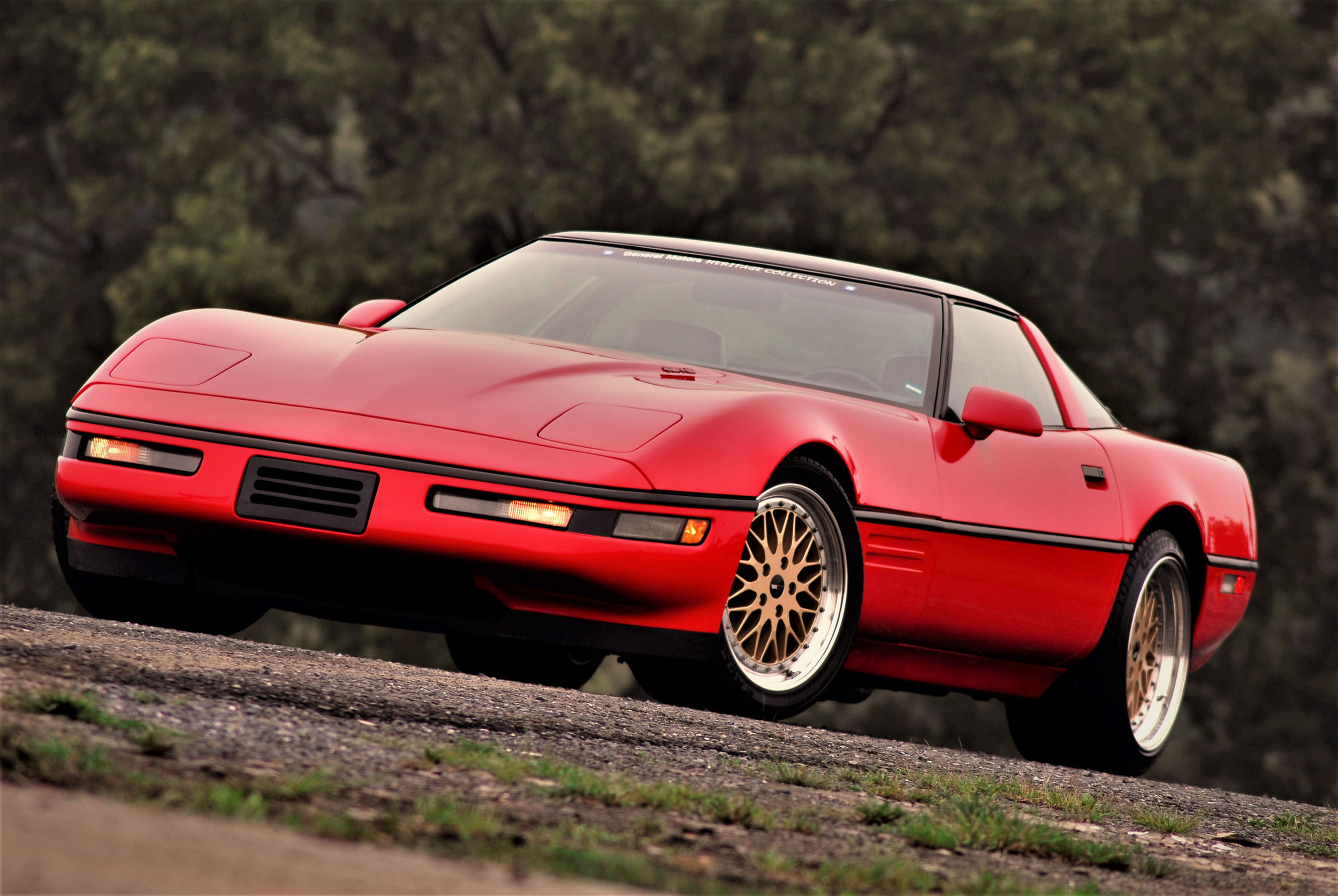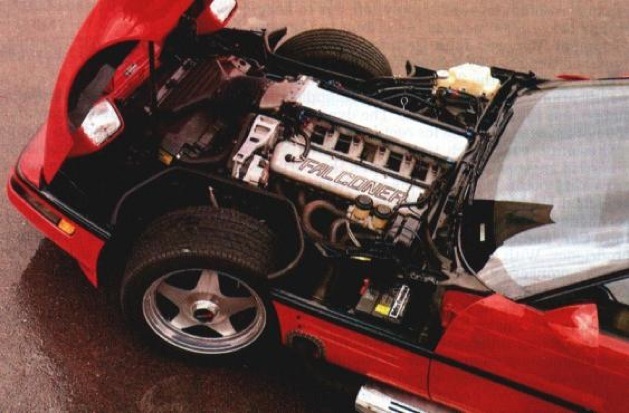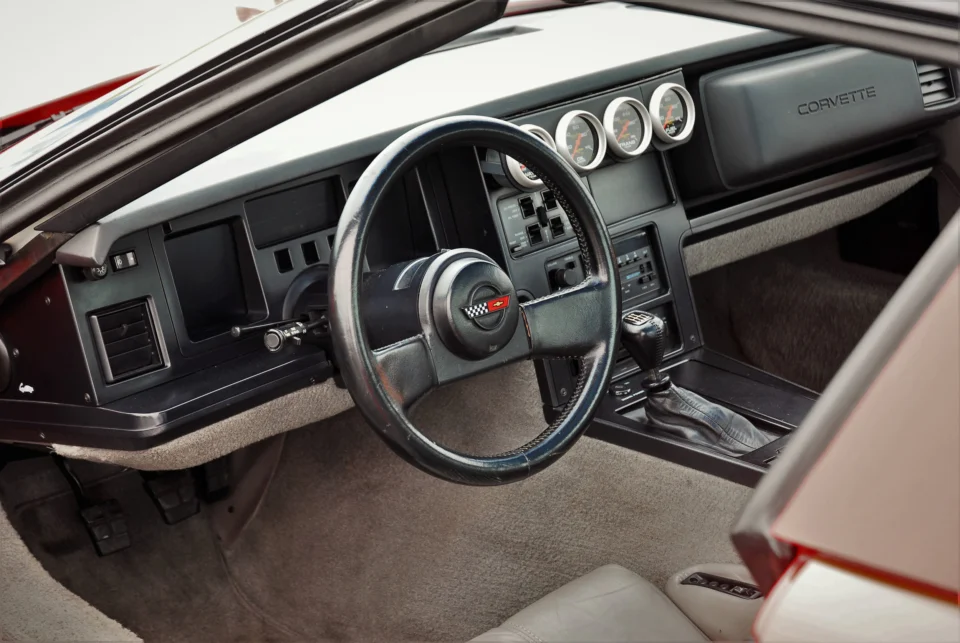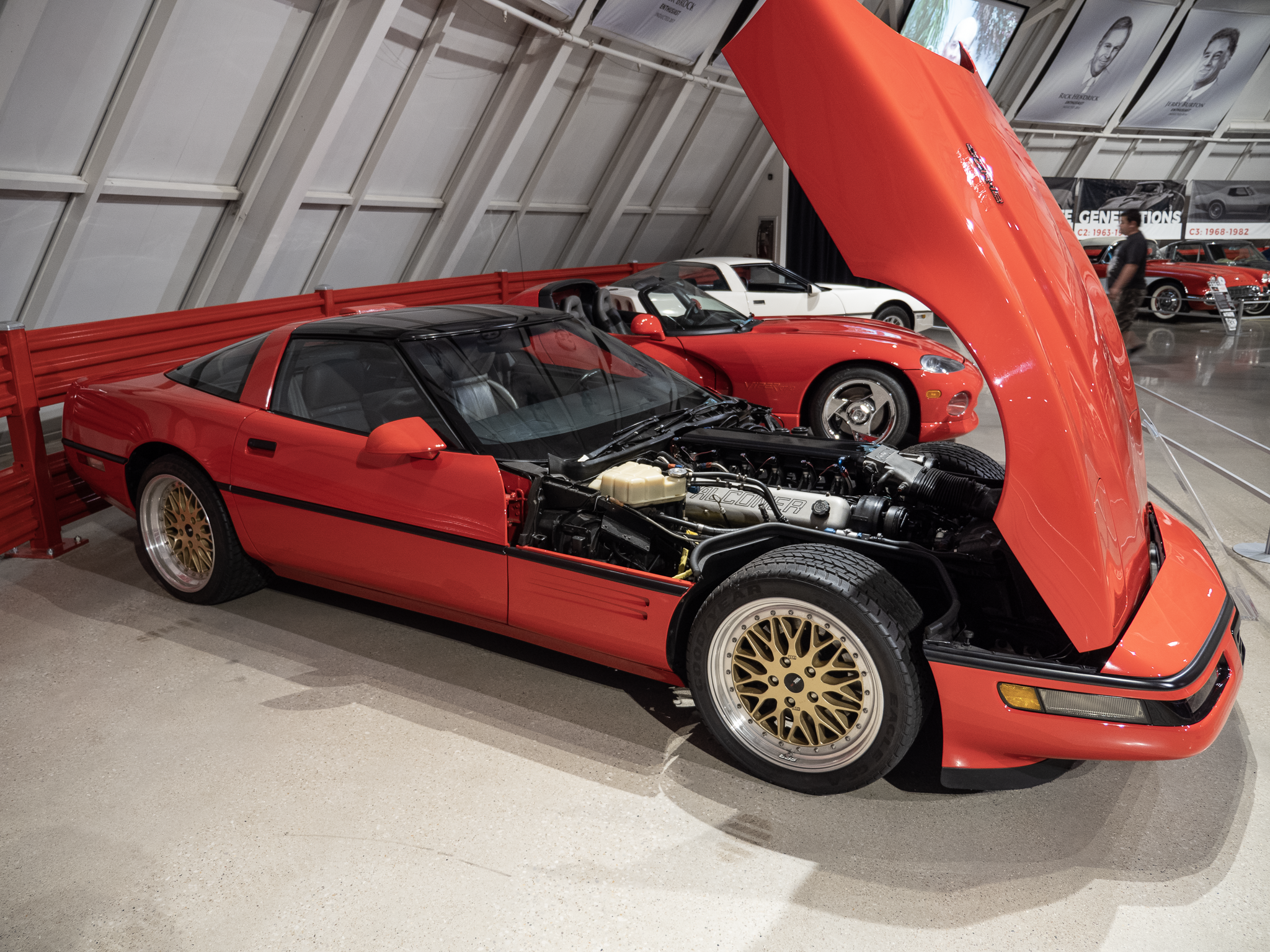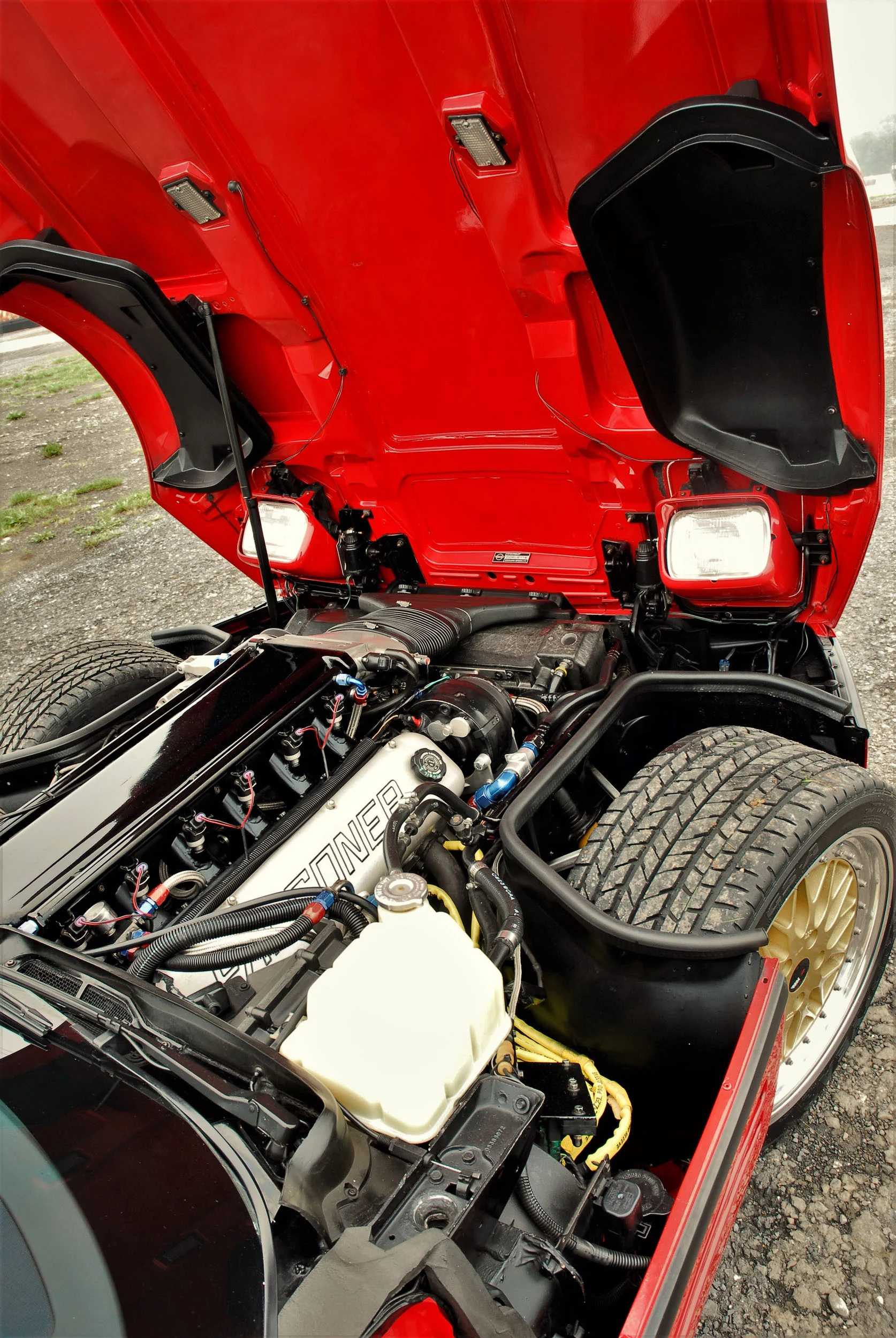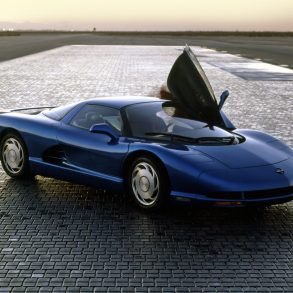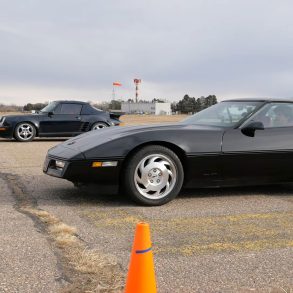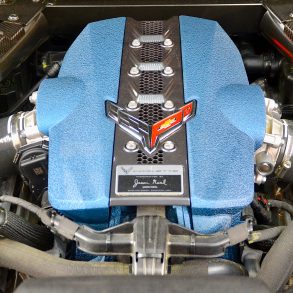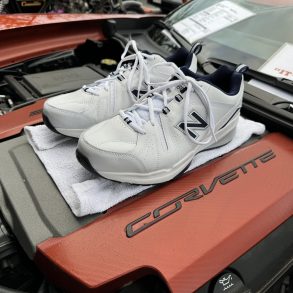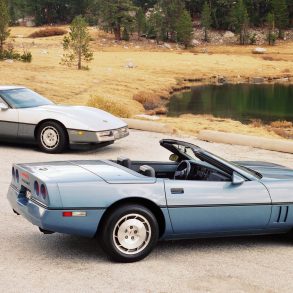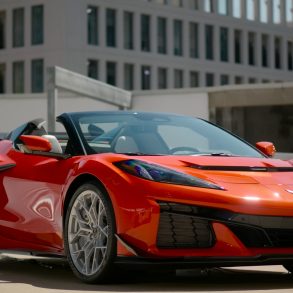1992 Corvette Conan ZR-12 V12 – the Would-Be Dodge Viper Killer Known As The Corvette Falconer
For much of its early existence, the Chevy Corvette went mostly unchallenged as the reigning American Sports Car. Yes, there were the occasional contenders to the crown, but no other U.S. manufacturers had yet to figure out a formula to build a genuine, two-seat sports car that would rival the Corvette in terms of price and performance….that is until January 1989 when Dodge introduced the world to the monstrous V-10 powered Viper. When the Viper made its debut at the North American International Auto Show, nobody knew exactly what to make of it. The car boasted massive horsepower (for its time) and uncompromised performance. Worse still (at least for the team at Corvette), this car had an unquestionable connection to Carroll Shelby and the Cobra. It caused many with Chevrolet to stop in their tracks and consider the Corvette’s dominance as America’s Favorite Sports Car….because, suddenly, there was another competitor on the street – and this Viper had fangs.
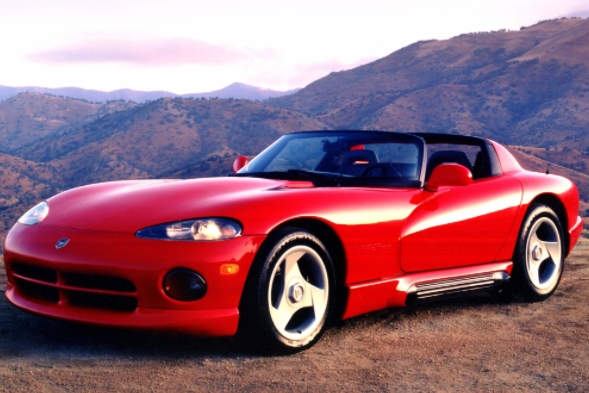
Ironically, Chevrolet’s engineering division had already been working on an upgraded version of the Corvette. Designated ZR-1, the more robust “King of the Hill” boasted 380 horsepower and a zero-to-60 time of 4.5 seconds. However, the ZR-1 Corvette was expensive with an original MSRP that started around $65k. Comparatively, the new Viper (which debuted as a 1991 model and was more widely marketed in 1992) carried an MSRP of just $52,000. For that money, you got a massive V-10 which boasted 400 horsepower, the same 4.5 second zero-to-60 time, and a quarter-mile time that was 0.2 seconds faster than the ZR-1. In essence, the Viper was designed to outperform Chevrolet’s flagship Corvette, and do so at a more competitive price point.
Additionally, the design team at Chevrolet was hard at work on developing the CERV III prototype as a potential contender for the fifth-generation Corvette model. Based on the 1986 Corvette Indy developed by up-and-coming Chevy designer Tom Peters, the CERV III showed real promise as a potential next-generation Corvette. However, the car utilized a mid-engine configuration which required considerable resources to engineer. Chevrolet’s engineering efforts were divided between the advancements being made to the current Corvette’s engine program (with both the LT1 and LT5 engines), and the continued focus on a new chassis for the would-be next-generation, mid-engine model. While Chevrolet wanted to send the Viper packing, they had neither the resources nor the bandwidth to focus on anything beyond their current workload. Still, there was a subset of designers and engineers who petitioned that Chevrolet develop a V-12 Corvette prototype that could outperform the Dodge Viper. They even gave the program a nickname: “Conan the Corvette.” But who would build it?
Enter Ryan Falconer.
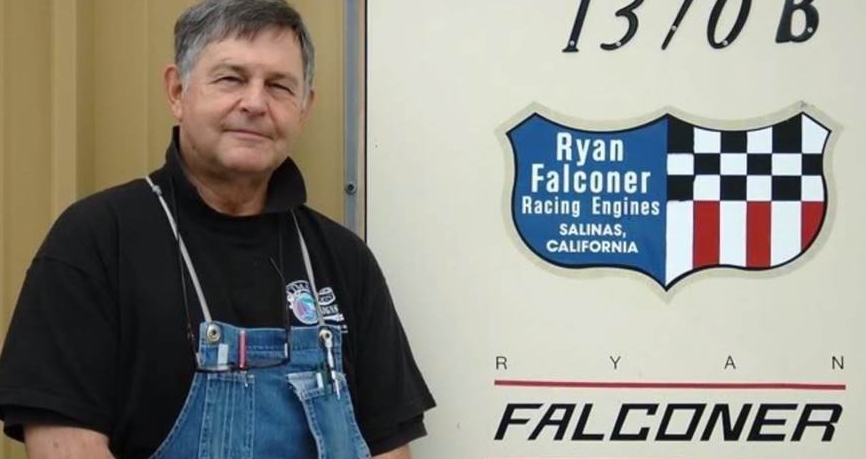
Falconer was an established engine builder and fabricator who had been working professionally on cars since the early 1960’s. He got his start working for Andy Granatelli on his Novi-powered Indy race cars. During his tenure with Granatelli, he developed a supercharged 167-cubic inch engine that produced 837 horsepower! Talk about “ringing the water out of the rag!” Not long after parting ways with Granatelli, Falconer joined the Shelby American team and became part of the GT 40 development team. During his brief stint with Carroll Shelby, Falconer helped to advance the GT 40 and racing Cobra programs. In 1966, he started a company under his own name whose sole purpose to was to engineer and build racing engines. In a rise that might be considered meteoric to some, Ryan Falconer’s list of clients included some of the biggest names in the automotive/racing industries….names like Al Unser, Mario Andretti, Parnelli Jone, and Jackie Stewart, to name but a few.
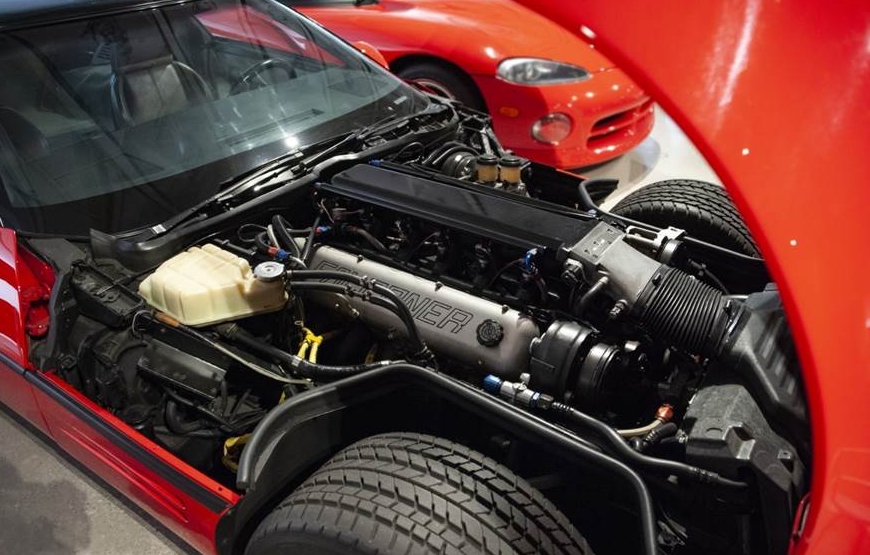
Throughout much of the 1970s and ’80s, Falconer refined his engine programs and created some of the winningest engines available anywhere. In the 1970s, Falconer introduced the use of Bosch mechanical fuel injection (instead of carburetors) in offshore powerboat racing. By the early 1980s, his racing engines powered the winningest cars on the Cam-Am circuit. He won his first Can-Am Championship title as an engine builder during that same year. He continued to develop new engine platforms for racing vehicles in a variety of different venues, including in Trans-Am, IMSA, GTO, GTU, and GTP, the last of which saw the creation of a 1,200 horsepower engine used to power a GTP Corvette. What nobody knew was that Falconer was also hard at work on the development of his very own engine program – a monstrous powerplant that would become known as the Falconer V12.
Falconer’s V12 engine made its debut at the 1990 SEMA show in Las Vegas. It boasted 683 horsepower and 680 lb-ft of torque from the all-aluminum engine. It was based on a conventional Chevy small-block with an additional two cylinders per bank. The engine was incredibly well received and he was taking orders for the new program before the show had ended. Almost from the start, the Falconer V-12 became a highly sought-after powerplant, not only for an assortment of automobiles but for aircraft as well. Falconer’s V-12 found its way into cars, trucks, and even a 3/4 scale model replica of the P-51 Mustang. When Chevrolet’s engineering group discovered Falconer’s V-12 engine, they knew they’d found the powerplant they needed to outshine the Viper. And while it was not, strictly speaking, a Chevy powerplant, it shared enough common hardware that it was commonly considered a “second cousin once removed” from the small-block Chevrolet engine platforms.
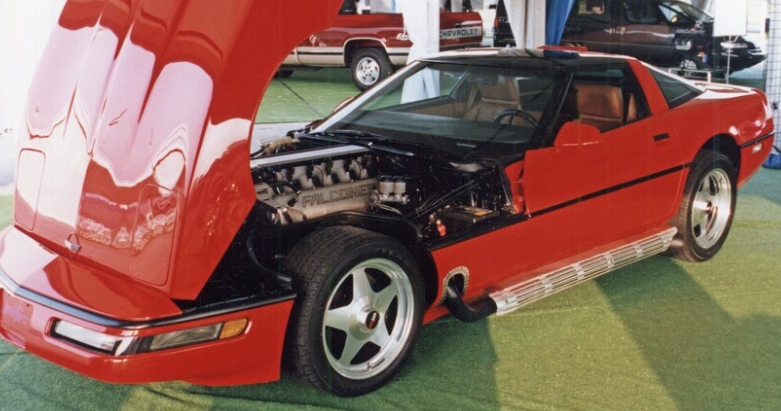
There were two monumental challenges facing the Corvette team now that they’d sorted out which engine was going to be used for the Conan Corvette. First, the production Corvette – which still boasted a modest 245 horsepower out of its base L98 engine – did not have the clout to support the extra horsepower or torque produced by the Falconer V12. The ZR-1, on the other hand, had already received a bolstered drivetrain to endure the additional rigors of the LT5 engine. It, therefore, made sense that the “Falconer Corvette” as it quickly became known, would be based on the ZR-1 Corvette platform. The second, and even more problematic issue was that Falconer’s engine was 8.8-inches longer than the LT5, which meant that the Falconer Corvette would need to be stretched to accommodate the extra eight inches. “SportsFab” a custom automobilke fabricator based out of Wixom, Michigan, was contracted to stretch the front end. While the longer front end is barely noticeable when looking at the Corvette, there are elements – from the black exhaust collectors emerging from the front fenders to the massive engine that resided under the clamshell hood – were dead giveaways that the Falconer Corvette was anything but ordinary.
The all-aluminum V-12 weighed 523 pounds, about the same as an iron small-block Chevy. Amazingly, the extra length and the larger engine only added 100 pounds to the overall weight of the car. By comparison, the stock L98 was using a cast-iron block and aluminum heads. The Falconer V-12 used electronic fuel injection with a short-runner intake manifold and the aluminum block had pressed-in cast-iron sleeves, similar to the infamous big-block 427 ZL1. When automotive journalist Don Sherman reviewed the car in the May 1992 issue of Motor Trend, he described the Falconer’s unmuffled exhaust tone as “Satan’s own serenade” and said that the engine idle was “capable of intimidating anything short of a Pro Stocker.”
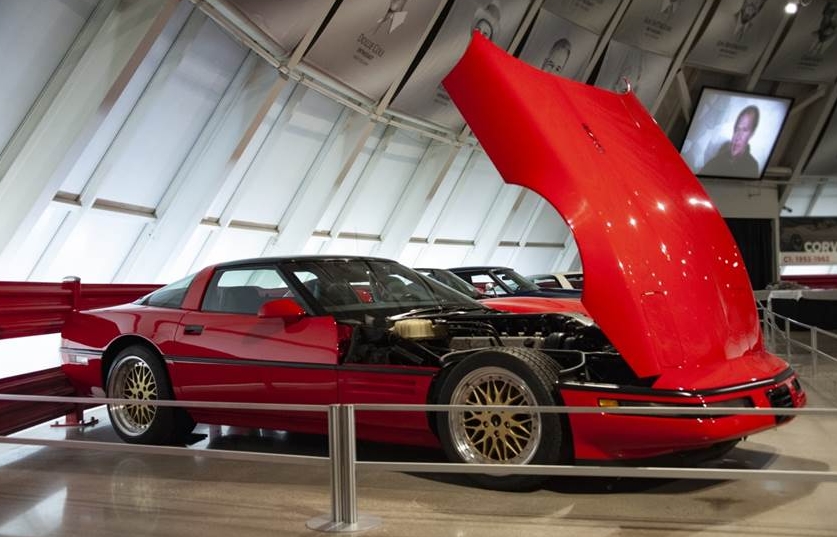
Unfortunately, performance numbers were never published for the 1992 Falconer Corvette. The car, which was given the official designation of ZR-12 (for its 12-cylinder engine) was simply too robust for its own good. Chevrolet engineers had literally melted a set of ZR-1 tires the first time they attempted to take the Falconer Corvette down a quarter-mile test track. The car, which was only ever documented as a “chassis study” by Chevrolet, was prohibitively expensive. As a result, only one was built, and it currently resides at the National Corvette Museum in Bowling Green, Kentucky. Still, this much can be said about the Falconer Corvette – when Dodge dared challenge Chevrolet to a power duel, the response – and the successive Corvettes which followed in the form of the fifth-generation Z06, the sixth-generation Z06 and ZR1, the seventh-generation Stingray (in all its variants), and the newest mid-engine Corvette Stingray – have certainly answered the call. While the Viper evolved and continued to hold some market share for nearly thirty years after its introduction in 1992, it is now a thing of the past, whereas the Corvette continues to grow in popularity.
